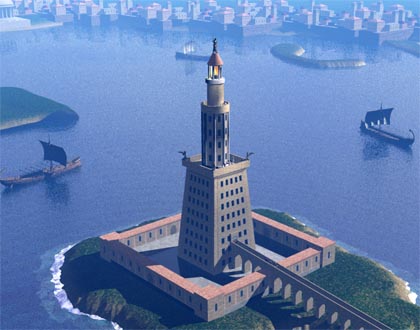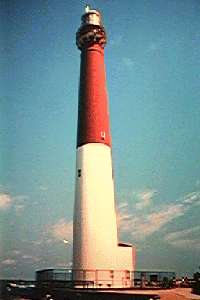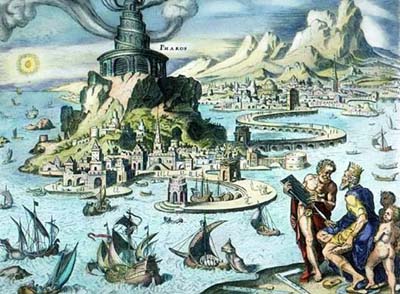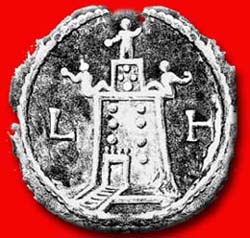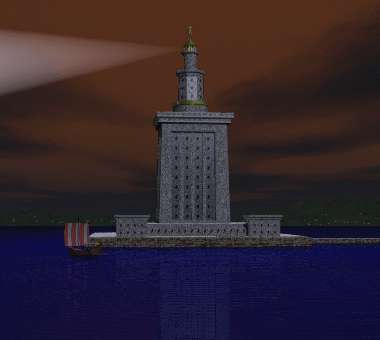pop up description layer
HOME
Cryptozoology UFO Mysteries Aviation Space & Time Dinosaurs Geology Archaeology Exploration 7 Wonders Surprising Science Troubled History Library Laboratory Attic Theater Store Index/Site Map Cyclorama
Search the Site: |
|
In the fall of 1994 a team of archaeological divers donned scuba equipment and entered the waters off of Alexandria, Egypt. Working beneath the surface, they searched the bottom of the sea for artifacts. Large underwater blocks of stone and remnants of sculpture were marked with floating masts so that an electronic distance measurement station on shore could obtain their exact positions. Global positioning satellites were then used to further fix the locations. The information was then fed into computers to create a detailed database of the sea floor. Ironically, these scientists were using some of the most high-tech devices available at the end of the 20th century to try and sort out the ruins of one of the most advanced technological achievements of the 3rd century, B.C.. It was the Pharos, the great lighthouse of Alexandria, one of the Seven Wonders of the Ancient World.
Alexander the Great The story of the Pharos starts with the founding of the city of Alexandria by the Macedonian conqueror Alexander the Great in 332 B.C.. Alexander started at least 17 cities named Alexandria at different locations in his vast domain. Most of them disappeared, but Alexandria in Egypt thrived for many centuries and is prosperous even today. Alexander the Great chose the location of his new city carefully. Instead of building it on the Nile delta, he selected a site some twenty miles to the west, so that the silt and mud carried by the river would not block the city harbor. South of the city was the marshy Lake Mareotis. After a canal was constructed between the lake and the Nile, the city had two harbors: one for Nile River traffic, and the other for Mediterranean Sea trade. Both harbors would remain deep and clear and the activity they allowed made the city very wealthy.
Alexander died in 323 B.C. and the city was completed by Ptolemy Soter, the new ruler of Egypt. Under Ptolemy the city became rich and prosperous. However, it needed both a symbol and a mechanism to guide the many trade ships into its busy harbor. Ptolemy authorized the building of the Pharos in 290 B.C., and when it was completed some twenty years later, it was the first lighthouse in the world and the tallest building in existence, with the exception of the Great Pyramid. The construction cost was said to have been 800 talents, an amount equal today to about three million dollars. Construction of the Lighthouse The lighthouse's designer is believed to be Sostratus of Knidos (or Cnidus), though some sources argue he only provided the financing for the project. Proud of his work, Sostratus desired to have his name carved into the foundation. Ptolemy II, the son who ruled Egypt after his father, refused this request, wanting only his own name to be on the building. A clever man, Sostratus supposedly had the inscription: SOSTRATUS SON OF DEXIPHANES OF KNIDOS ON BEHALF OF ALL MARINERS TO THE SAVIOR GODS chiseled into the foundation, then covered it with plaster. Into the plaster was carved Ptolemy's name. As the years went by (and after both the death of Sostratus and Ptolemy) the plaster aged and chipped away, revealing Sostratus' dedication. The lighthouse was built on the island of Pharos and soon the building itself acquired that name. The connection of the name with the function became so strong that the word "Pharos" became the root of the word "lighthouse" in the French, Italian, Spanish and Romanian languages.
There are two detailed descriptions made of the lighthouse in the 10th century A.D. by Moorish travelers Idrisi and Yusuf Ibn al-Shaikh. According to their accounts, the building was 300 cubits high. Because the cubit measurement varied from place to place, however, this could mean that the Pharos stood anywhere from 450 (140m) to 600 (183m) feet in height, although the lower figure is much more likely. The design was unlike the slim single column of most modern lighthouses, but more like the structure of an early twentieth century skyscraper. There were three stages, each built on top of one other. The building material was stone faced with white marble blocks cemented together with lead mortar. The lowest level of the building, which sat on a 20 foot (6m) high stone platform, was probably about 240 feet (73m) in height and 100 feet (30m) square at the base, shaped like a massive box. The door to this section of the building wasn't at the bottom of the structure, but part way up and reached by a 600 foot (183m) long ramp supported by massive arches. Inside this portion of the structure was a large spiral ramp that allowed materials to be pulled to the top in animal-drawn carts. On top of that first section was an eight-sided tower which was probably about 115 feet (35m) in height. On top of the tower was a cylinder that extended up another 60 feet (18m) to an open cupola where the fire that provided the light burned. On the roof of the cupola was a large statue, probably of the god of the sea, Poseidon. The Mirror
The interior of the upper two sections had a shaft with a dumbwaiter that was used to transport fuel up to the fire. Staircases allowed visitors and the keepers to climb to the beacon chamber. There, according to reports, a large curved mirror, perhaps made of polished bronze, was used to project the fire's light into a beam. It was said ships could detect the light from the tower at night or the smoke from the fire during the day up to one-hundred miles away. There are stories that this mirror could be used as a weapon to concentrate the sun and set enemy ships ablaze as they approached. Another tale says that it was possible to use the mirror to magnify the image of the city of Constantinople, which was located far across the sea, and observe what was going on there. Both of these stories seem implausible, however. The structure was said to be liberally decorated with statuary including four likenesses of the god Triton on each of the four corners of the roof of the lowest level. Materials recently salvaged from the sea by archeologists, including the stone torso of a woman, seem to support these stories. The lighthouse was apparently a tourist attraction. Food was sold to visitors at the observation platform at the top of the first level. A smaller balcony provided an outlook from the top of the eight-sided tower for those that wanted to make the additional climb. The view from there must have been impressive as it was probably 300 feet above the sea. There were few places in the ancient world where a person could ascend a man-made tower to get such a perspective.
Destruction How then did the world's first lighthouse wind up on the floor of the Mediterranean Sea? Most accounts indicate that it, like many other ancient buildings, was the victim of earthquakes. It stood for over 1,500 years, apparently surviving a tsunami that hit eastern Mediterranean in 365 AD with minor damage. After that, however, tremors might have been responsible for cracks that appeared in the structure at the end of the10th century and required a restoration that lowered the height of the building by about 70 feet. Then in 1303 A.D., a major earthquake shook the region that put the Pharos permanently out of business. Egyptian records indicate the final collapse occurred in 1375, though ruins remained on the site for some time until 1480 when much of the building's stone was used to construct a fortress on the island that still stands today. There is also an unlikely tale that part of the lighthouse was demolished through trickery. In 850 A.D. it is said that the Emperor of Constantinople, a rival port, devised a clever plot to get rid of the Pharos. He spread rumors that there was a fabulous teasure buried under the lighthouse. When the Caliph at Cairo, who controlled Alexandria at this time heard these rumors, he ordered that the tower be pulled down to get at the treasure. It was only after the great mirror had been destroyed and the top two portions of the tower removed that the Caliph realized he'd been deceived. He tried to rebuild the tower, but couldn't, so he turned it into a mosque instead. As colorful as this story is there does not seem to be much truth in it. Visitors in 1115 A.D. reported the Pharos intact and still operating as a lighthouse.
Did the divers actually find the remains of Pharos in the bottom of the harbor? Some of the larger blocks of stone found certainly seem to have come from a huge building. Statues were located that may have stood at the base of the Pharos. Interestingly enough, much of the material found seems to be from earlier eras than the lighthouse. Scientists speculate that these may have been recycled in the construction of the Pharos from an even older building. The area is now an underwater archaeological park. Tourists with diving gear can swim about the remains of the great Pharos lighthouse while they wonder what it would have been like to climb to its ancient heights a thousand years ago. Copyright Lee Krystek 1998-2011. All Rights Reserved. |
|
Related Links |
|
|




